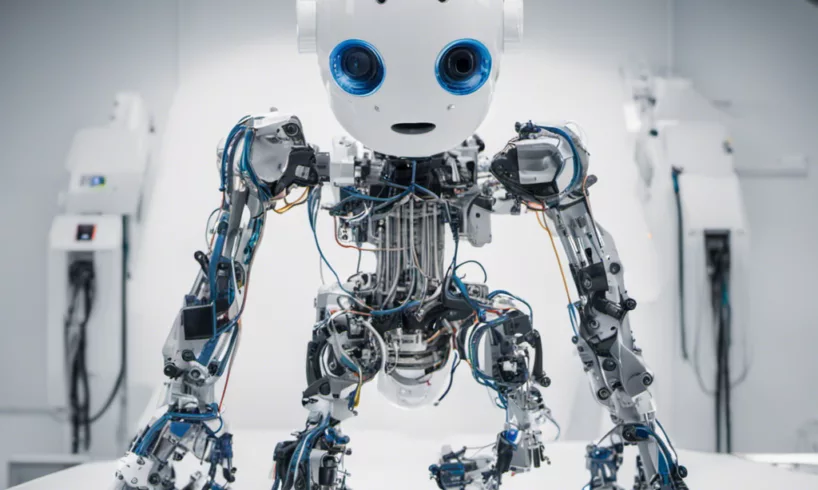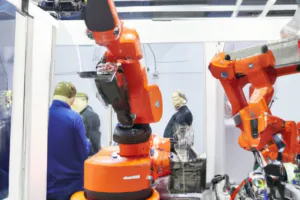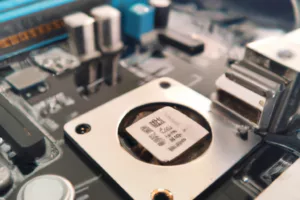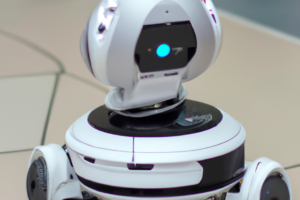
DeepMind's Open X-Embodiment database aims to advance robotics by training a generalist model capable of controlling various types of robots and performing complex tasks.
Google DeepMind's robotics team has unveiled Open X-Embodiment, a groundbreaking database of robotics functionality developed in collaboration with 33 research institutes. Comparable to the influential ImageNet database, Open X-Embodiment aims to propel robotics research forward by providing a comprehensive dataset of diverse robot demonstrations. This dataset will train a generalist model capable of controlling different types of robots, following diverse instructions, reasoning about complex tasks, and generalizing effectively. With over 500 skills and 150,000 tasks gathered from 22 robot embodiments, Open X-Embodiment marks an essential step towards achieving general-purpose robotics.
The Promise of Robotic Learning
The field of robotic learning is experiencing an exciting era of innovation and progress. Researchers and teams from various angles are tackling the challenge of creating general-purpose robots with increasing efficacy. While bespoke robots still have their place, the emergence of general-purpose robots is becoming a tangible possibility.
The Role of Simulation and AI
Simulation and AI, including generative AI, are expected to play significant roles in developing general-purpose robotics. While some companies may have prioritized hardware development without fully considering the underlying technology, the combination of simulation and AI holds great potential for building adaptable and versatile robots in the future.
Vincent Vanhoucke's Perspective on DeepMind's Robotics Journey
Vincent Vanhoucke, the head of Google DeepMind's robotics division, sheds light on the history and development of the team. While Vanhoucke joined DeepMind relatively recently, he highlights the more extended history of robotics research within the company. The increasing advancements in perception technology, such as computer vision and audio processing, paved the way for exploring robotics in real-world environments. Vanhoucke recognized the potential of robotics as the next research stage and shifted his focus accordingly.
DeepMind's Collaboration with Everyday Robots
The Everyday Robots team, collaborating with DeepMind for several years, played a significant role in the company's foray into robotics. Their joint project involved training robot arms to grasp objects using machine learning and AI—a breakthrough moment that sparked further investigations into robotics. While DeepMind's robotics team absorbed Everyday Robots' work, the focus shifted towards developing general-purpose methods driven by potent AI capabilities.
DeepMind's Move to Alphabet X Offices
DeepMind's robotics team moved into Alphabet X's offices for pragmatic reasons, such as better facilities and resources. The decision was not driven by a hidden agenda but rather by the desire to work closely with other teams and foster collaboration. The synergy between DeepMind and Alphabet X, along with collaborations with companies like Intrinsic, contributes to advancing robotics research.
The Path to General-Purpose Robotics
The journey towards achieving general-purpose robotics involves developing general-purpose methods that can be applied to various robot embodiments and form factors. While bespoke robots have seen more success thus far, recent advancements indicate that general approaches that do not rely on specific embodiments are becoming plausible. DeepMind's RTX project, which involved training a large model using data from academic labs, demonstrates progress in this direction.
The Significance of Generative AI in Robotics
Generative AI is expected to play a central role in robotics. Large language models, often associated with generative AI, possess common sense reasoning and an understanding of the everyday world. This knowledge can be leveraged to improve robot planning, interactions, manipulations, and human-robot interactions. Generative AI also offers possibilities for generating simulations and future scenarios, reducing the reliance on physical experimentation.
The Role of Simulation in Robotics
Simulation is a crucial tool for collecting data and bridging the gap between simulation and reality. While simulations approximate reality, advancements in generative AI offer the potential to generate assets and even future scenarios. Simulation can be used to plan and verify robot actions without needing real-world experimentation, making it an invaluable tool in robotics development.
Google DeepMind's Open X-Embodiment database represents a significant step towards achieving general-purpose robotics. By training a generalist model on a diverse range of robot demonstrations, DeepMind aims to create robots capable of performing various tasks and adapting to different environments. The integration of simulation, AI, and generative models holds great promise for the future of robotics, paving the way for adaptable and versatile robots that can operate effectively in real-world scenarios. While realizing general-purpose robotics may still be some way off, the progress made thus far is encouraging, and the potential benefits are vast.

George Smith, with over a decade in tech journalism, excels in breaking down emerging tech trends. His work, spanning tech blogs and print, combines in-depth analysis with clarity, appealing to a wide readership. George's pieces often explore technology's societal impact, showcasing his foresight in industry trends.







